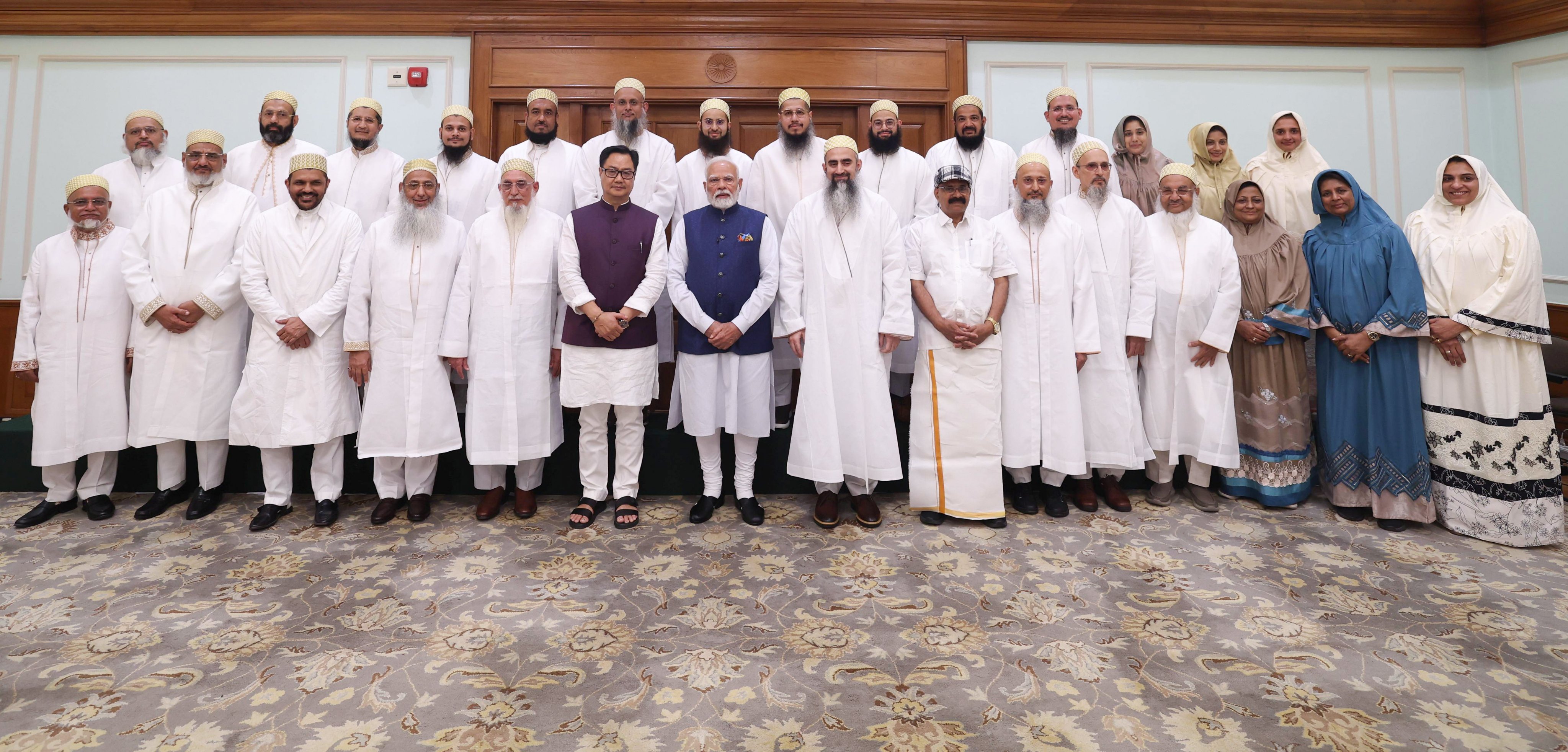
Prime Minister Narendra Modi conducted a meeting with Dawoodi Bohra Community delegation members at his official house. The Prime Minister received thanks from the delegation about the Waqf Amendment Act for fixing their long-running issue of Waqf authorities wrongfully taking their properties. Public applause for Prime Minister Narendra Modi highlighted both his leadership qualities and his dedication to minority community empowerment along with his policy of inclusive governance. The group praised his plan for Indian development by 2047 and declared their dedication to participate in accomplishing this mission. The Prime Minister recognized that the community maintained essential roles throughout Act development through their support as well as the significant contribution of Syedna Mufaddal Saifuddin.
Context:
-
The Waqf Amendment Act:
-
Dawoodi Bohra community members have endured persistent difficulties because Waqf authorities illegally claimed their properties over many years.
-
The Waqf Amendment Act becomes essential through its purpose to protect community member rights while resolving previous rights violations.
-
According to the Prime Minister the existing system created an unfair situation for widows así well as women in general which motivated authorities to create this new Act.
-
Key Points:
Who are Dawoodi Bohras?
-
As a different subsection of Shia Muslims the Dawoodi Bohras demonstrate both distinctive community awareness and collective independence.
-
The community functions under the Al-Dai-Al-Mutlaq who leads both the spiritual and social aspects of the Dawoodi Bohra sect while their members have built their reputation from trade and business operations.
-
Their religion-based customs alongside leadership systems along with unique language express their historic customs and their dedication to spiritual needs and community vitality.
Religious Affiliation:
-
As Shia Muslim community members the Dawoodi Bohras follow their own unique religious requirements and social customs.
-
The community's religious leader, the Al-Dai-Al-Mutlaq, holds supreme authority over religious and spiritual matters.
Community Leadership:
-
As the religious authority Al-Dai-Al-Mutlaq holds dual positions of ultimate spiritual leadership and the capacity to ban members from the community.
-
In the Dawoodi Bohra community excommunication denies access to religious buildings as well as burial facilities.
Community Structure and Occupation:
-
The Bohra community operates independently because its members primarily pursue trading along with business and entrepreneurial activities.
-
As a community with shopkeeper backgrounds they have maintained their trader traditions throughout history particularly through their economic presence in Gujarat.
-
As per Gujarati linguistic heritage the term "Bohra" derives from "vohrvu" or "vyavahar" which indicates business or trading activities thus showing their historical business association.
Geographical Spread:
-
Members of the Dawoodi Bohra community live throughout the world most densely in India along with Pakistan, Yemen, East African territories and the Middle Eastern lands.
-
People of Dawoodi Bohra heritage are primarily found in India yet their greatest number settles within Gujarat.
Language:
-
Members of the community communicate through Lisan al-Dawat which developed from Gujarati along with features from Urdu and Arabic.
-
This particular linguistic system functions as a sacred means of communication for cultural and religious purposes between Dawoodi Bohra members.
Leadership and Influence:
-
His Holiness Dr Syedna Mufaddal Saifuddin serves as the present leader of the Dawoodi Bohra community in his position as the 53rd leader.
-
The spiritual and administrative management of the community has operated from India for more than four centuries under Indian leadership.
Conclusion:
Prime Minister Narendra Modi meets with Dawoodi Bohra Community members because his government supports minority empowerment alongside consistent assistance for their particular requirements. The Waqf Amendment Act demonstrates his dedication to social welfare alongside justice work designed to benefit female members of the community especially. Special cooperation between government departments and minority communities arises from the Prime Minister's leadership style together with Syedna Mufaddal Saifuddin's efforts.



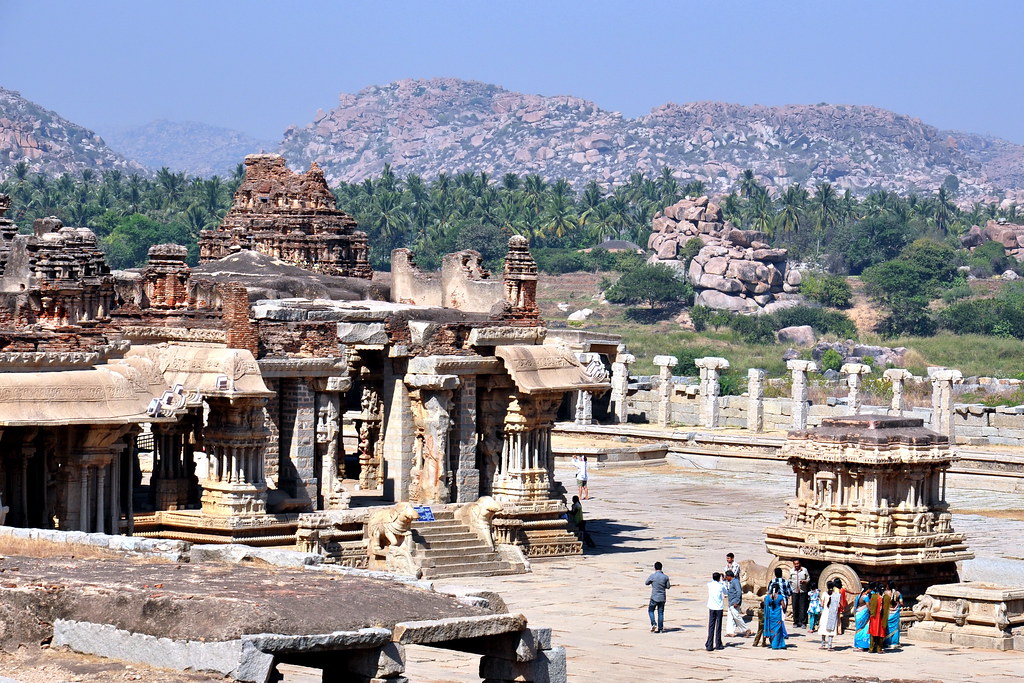 Karnataka Leads India’s First Village-Level Antiquities Survey to Preserve Cultural Heritage
Karnataka Leads India’s First Village-Level Antiquities Survey to Preserve Cultural Heritage India Marks Export Milestone with First Sea Shipment of Bhagwa Pomegranates to the U.S.
India Marks Export Milestone with First Sea Shipment of Bhagwa Pomegranates to the U.S.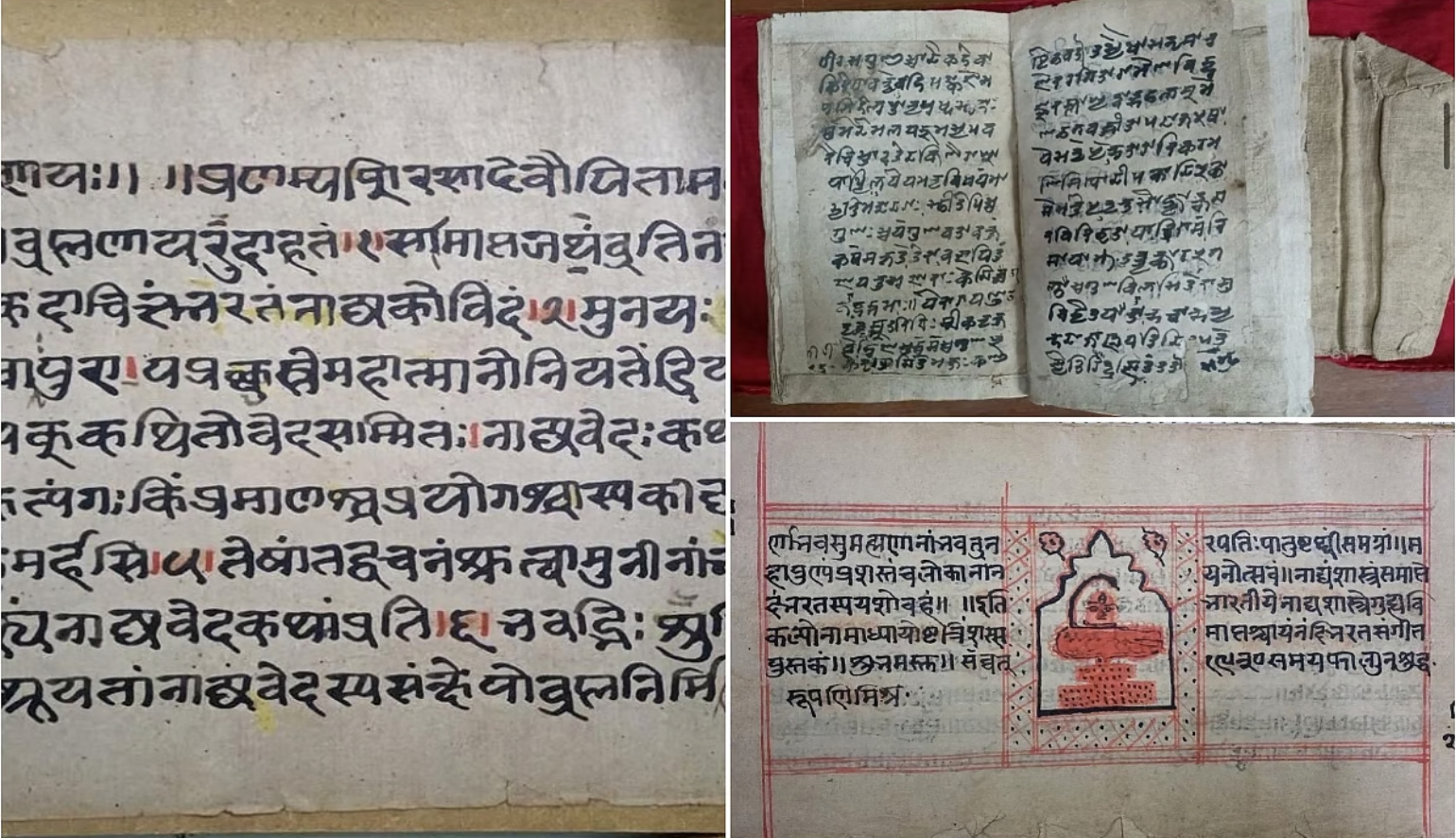 Bhagavad Gita and Natyashastra Inscribed in UNESCO’s Memory of the World Register
Bhagavad Gita and Natyashastra Inscribed in UNESCO’s Memory of the World Register PM Narendra Modi to Inaugurate Vizhinjam International Seaport: Boosting India’s Maritime Growth
PM Narendra Modi to Inaugurate Vizhinjam International Seaport: Boosting India’s Maritime Growth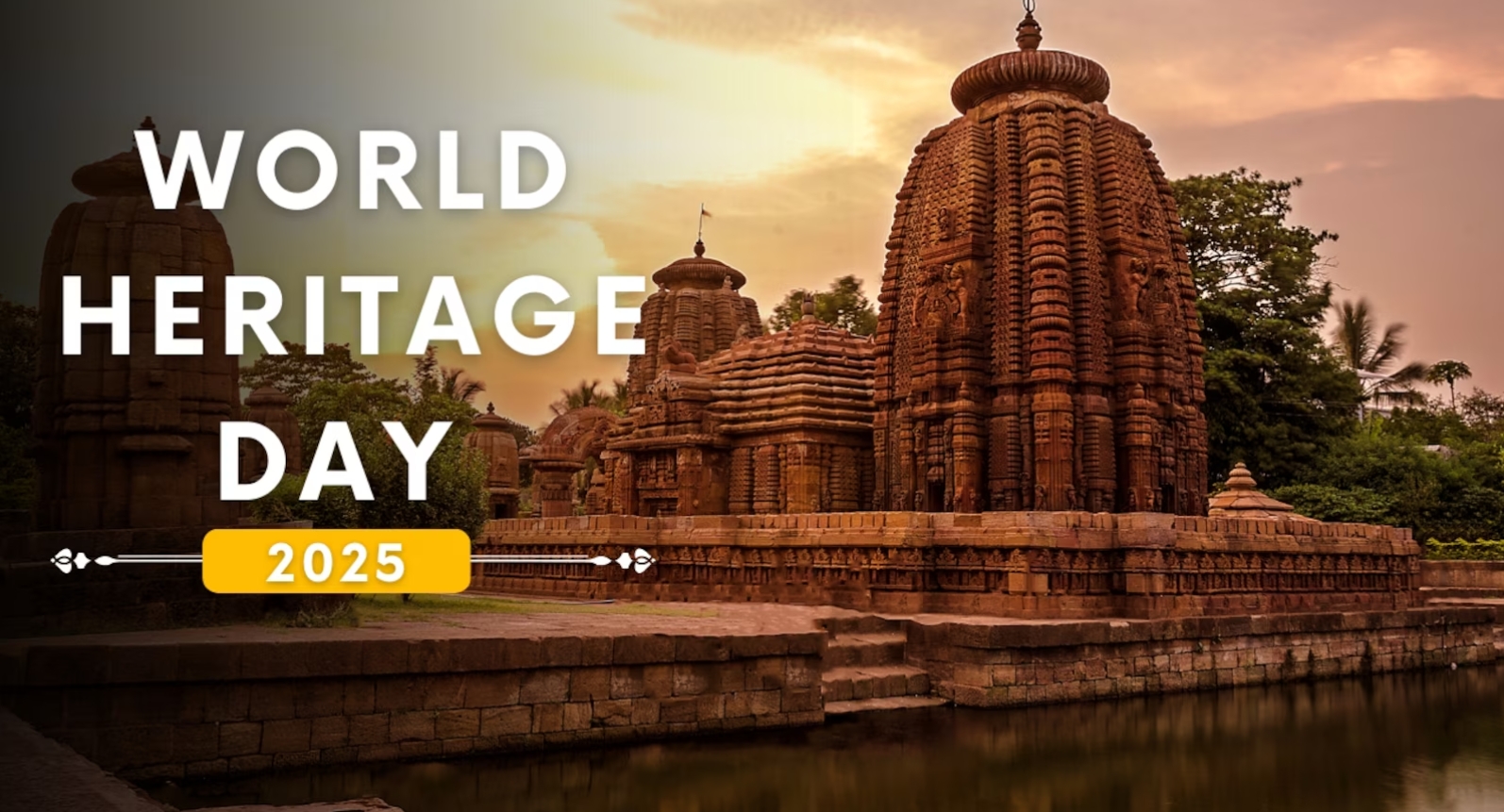 World Heritage day 2025: Safeguarding identity amid disasters and conflicts
World Heritage day 2025: Safeguarding identity amid disasters and conflicts Supreme Court Sounds Alarm on Rising Child Trafficking: Urges Parental Vigilance
Supreme Court Sounds Alarm on Rising Child Trafficking: Urges Parental Vigilance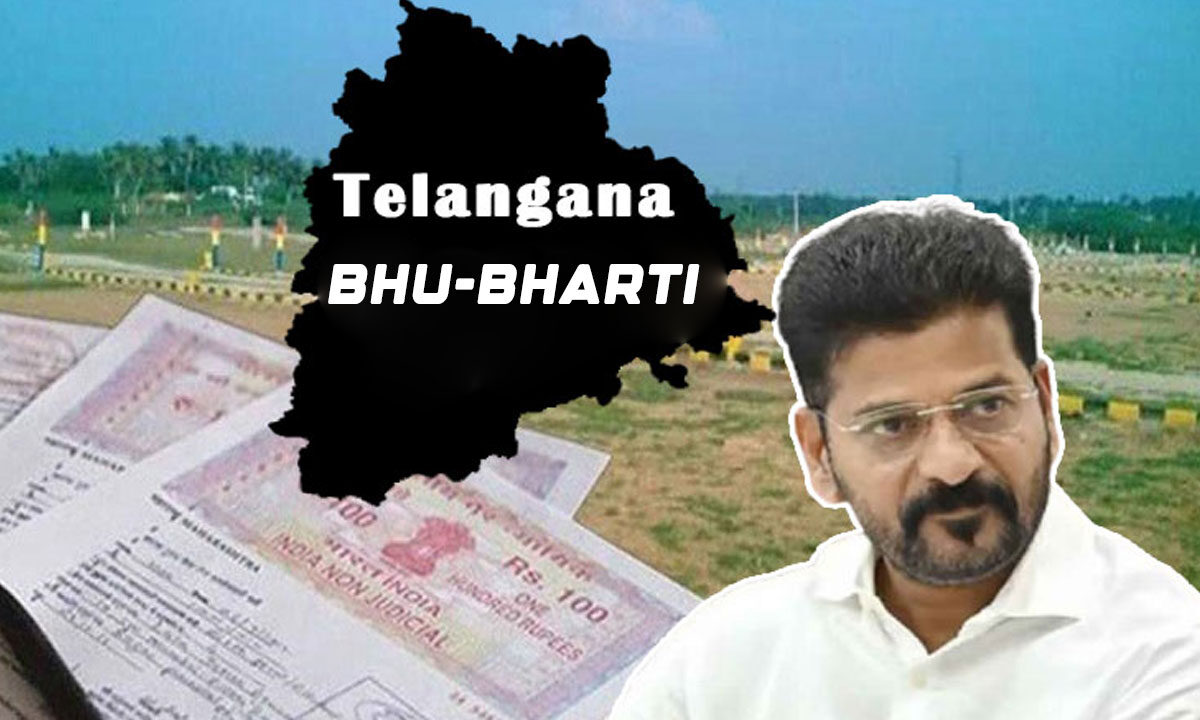 Telangana Bhu Bharathi Portal 2025: Revolutionizing Land Governance
Telangana Bhu Bharathi Portal 2025: Revolutionizing Land Governance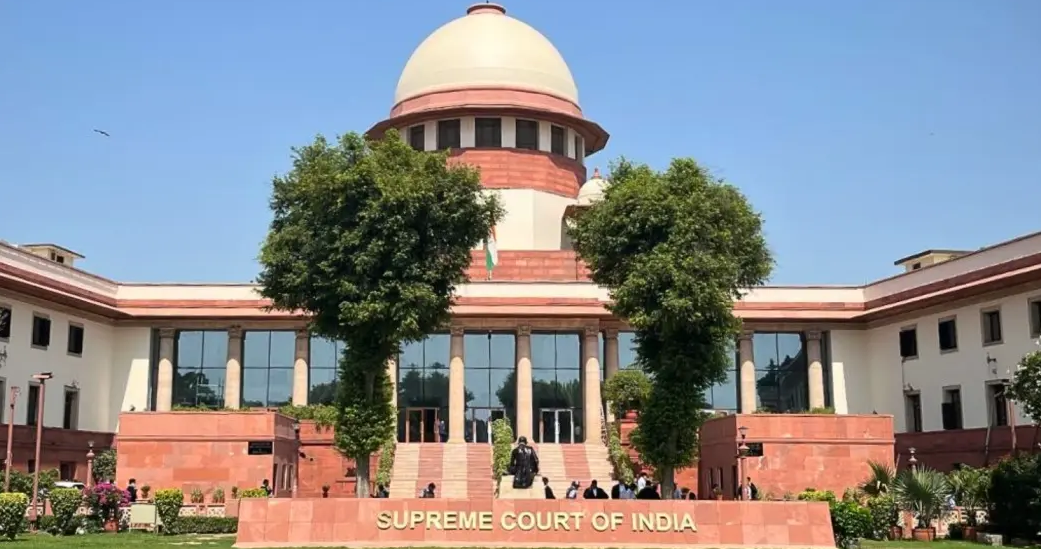 Supreme Court Declares Urdu as Symbol of India’s Composite Culture
Supreme Court Declares Urdu as Symbol of India’s Composite Culture Kerala Becomes First State to Achieve Total Digital Literacy
Kerala Becomes First State to Achieve Total Digital Literacy






